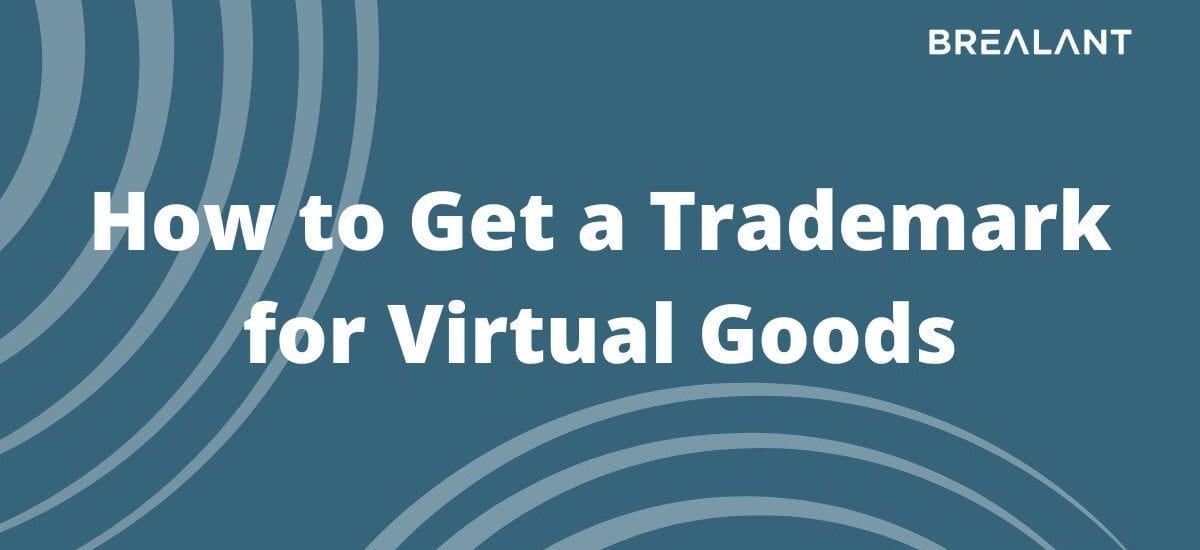
E-commerce is a billion-dollar industry, and it’s only going to grow bigger. As more and more people begin using the internet to buy products and services, businesses need to protect their trademarks and copyrights. Trademark law is handled differently for virtual goods versus physical goods, so you need to be sure that you get the right protection when you register your mark.
Having a trademark for virtual goods can be a valuable asset. It can help you protect your intellectual property and increase brand awareness. However, getting a trademark for virtual goods can be difficult. Here are some tips that will help you get started.
Since the early days of video gaming, companies have been creating software and games that use digital assets such as characters, locations, logos, and more. These digital assets are often referred to as virtual goods. When entrepreneurs create these virtual goods, they may want to protect their intellectual property rights and brand identity. This is why obtaining a trademark for virtual goods is important.
However, the registration process and the legal requirements for obtaining trademark protection for a virtual good or service are the same as that used in the physical market: submitting a trademark application to the USPTO. There are several ways to obtain a trademark for virtual goods. One way is to file an application with the USPTO (U.S. Patent and Trademark Office). Another method is to use an existing mark and claim protection under it. Regardless of the method you choose, securing a trademark for your virtual goods will require diligent work.
Why is the need to protect the virtual brand/goods/services?
A federally registered trademark forbids any rival from using your brand identity, symbols, phrases, or other confidential information to mislead customers or harm your reputation, whether it’s in the real world or the metaverse.
Practically speaking, running a business in the metaverse is a lot like launching a new product. To protect your brand-new goods and services, in this example, your virtual goods and services, one of the most crucial things to do is to file a trademark application.
What are the things you need to keep in mind when getting trademark for your virtual good?
Virtual goods are an increasingly popular way for businesses to make money. They can be used in video games, online platforms, and mobile apps. Getting a trademark for a virtual good can help you create more value for your product and attract new customers.
Getting a trademark for a virtual good can be challenging. There are a few things you should keep in mind when filing the trademark application. For example,
- Make sure the logo or other graphic design is unique and cannot be copied easily.
- You also need to provide evidence that the virtual good is being used commercially.
- Finally, make sure you protect your trademark by filing a copyright notice with the trademark application.
To get a trademark for virtual goods, you need to follow the same steps as you would for any other type of trade mark. You will need to provide some legal requirements such as, proof of ownership, file an application with the appropriate authority and make sure that your mark is properly registered. It is also important to protect your trade mark by using a trademark attorney who can help you estate it and enforce your rights against infringers.
A federally registered trademark, just as in the actual world, is an efficient way for existing trademarks to avoid ownership disputes in the metaverse, especially as it starts to take existence. Since there is likely to be fierce rivalry in these open virtual worlds, it significantly lowers the danger of someone else applying early for new trademarks.
Start by completing a thorough inquiry on the USPTO’s Trademark Electronic Search System to be sure no one else has registered that trademark for virtual products and services. Keep an eye out for anyone who may be violating the rights to your actual trademarks by conducting routine searches.
Conclusion
Virtual goods are products that allow consumers to purchase or use them in a video game, online service, social media site or other digital environment. Getting a trademark for virtual goods can be a challenge. You need to ensure that the mark for your brand identity is unique, does not resemble another mark already in use, is not likely to cause confusion and cannot be sabotaged by squatters. Getting a virtual trademark is a complex process and related aspects can confuse the applicant. But, with apt guidance and solutions, one can understand the legal requirements and registration process for virtual trademark. So, wait no more and consult the IP experts at Brealant TM. The firm is well-renowned for its technology-driven services in Intellectual Property security aspects as well as trademark and patent application and registration. Visit the official website and connect with the professionals today!

